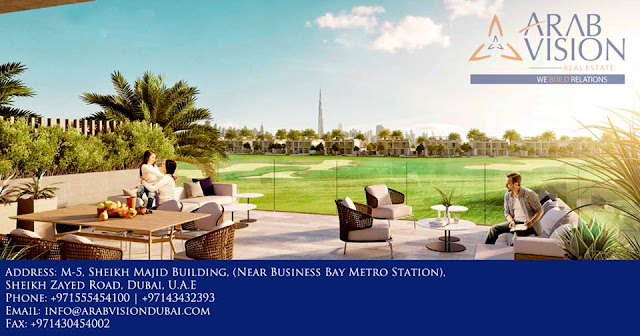Dubai sees sharp rise in new home handovers in first half
Dubai sees sharp rise in new home handovers in first half
A healthy 13,315 units get delivered against the measly 5,039 in first-half 2016
Dubai: Dubai’s developers have shifted into higher gear on their handover schedules, with the first-half of this year recording 13,315 homes being delivered. This compares with the meagre 5,039 units completed in the same period last year, while the first half of 2015 tally was 8,714 units, based on data from Reidin-GCP.
But even if the first half of 2017 pace of delivery is maintained, the prospect of developers being able to meet their full-year expectations of 34,172 units does appear remote. For confirmation, look to their recent track-record.
“The realisation rate [of actual deliveries against start of the year estimates] has been systematically lower on a year-over-year basis all through the last five years,” said Sameer Lakhani, Managing Director at the consultancy Global Capital Partners.
“It’s our opinion that this year the realisation rate will be 79 per cent, thereby resulting in an anticipated handover of 27,116 units.”
For the record, in 2015 and 2016, full-year deliveries totalled 11,879 and 14,892 units, respectively.
Expectation
The gap between promises and the reality could become more stark next year. “In 2018, the anticipated pipeline is expected to surge with an expectation of 70,785 units being handed over,” said Lakhani. “This is the why there’s been a lot of hand wringing over potential oversupply.
“But we believe the realisation rate in 2018 will be at 44 per cent, resulting in a more modest 31,266 units getting handed over. Developers have become more savvy at adjusting realisation rates on a year-over-year basis and accordingly ‘managing’ supply.”

Purely from a developer’s perspective, such easing of supply in line with demand makes sense. Push too much of inventory into the market and chances are that it might result in a spike in unsold inventory, which could tell on overall property values.
Population increase
For the moment, actual supply in 2018 could be roughly in line with demand, and a balance that could last into the medium term.
“Given the rate of population increase of 5 per cent, it appears as if a steady state scenario requires an annual increase of approximately 30,000 units a year,” said Lakhani. “The number of units needed jumps to 35,000 units a year if the population is growing at 7 per cent.
“The situation is more nuanced because different income segments of the populace have been growing at different rates. However, it appears as if concerns of oversupply are exaggerated as latent demand is existing at every income segment level.” (In the last nine years, the local population base has grown at a compounded rate of 5.92 per cent, based on official data, with 2016 being the exception when growth hit 10 per cent.)
Factbox: Silicon Oasis records highest delivery in first half of 2017
Among Dubai’s freehold communities, Dubai Silicon Oasis had the highest number of handovers — 2763 units — in Dubai over the first six months, followed by the 2,520 homes delivered in Dubailand.
International City continues to see a steady stream of completions, in this particular period totalling 1,543 units. At the premium end of the cluster space, Downtown had 1,411 handovers and Business Bay 869.
Among the fast emerging communities, Jumeirah Village Circle had 694 deliveries.
“A look into different community occupancy rates reveals the “suburban” effect underway,” says the new report from Reidin-GCP. “The popularity of mid-income areas such as JVC and Dubai Residential City (on Dubai-Al Ain highway) have surged, having similar occupancy rates of more established areas such as JLT and Dubai Marina.
“The rapid rate of change in the suburban areas is not only testament to the population’s need for a more balanced housing market that is more affordable.”
Over the last seven years, occupancy rates across apartments in Dubai troughed at 82.4 per cent in 2011 and peaked in 2014 at 92.7 per cent, the report finds. Currently the occupancy rates are at 88.4 per cent which is in line with historical average.
Published: 13:48 August 23, 2017



Comments
Post a Comment